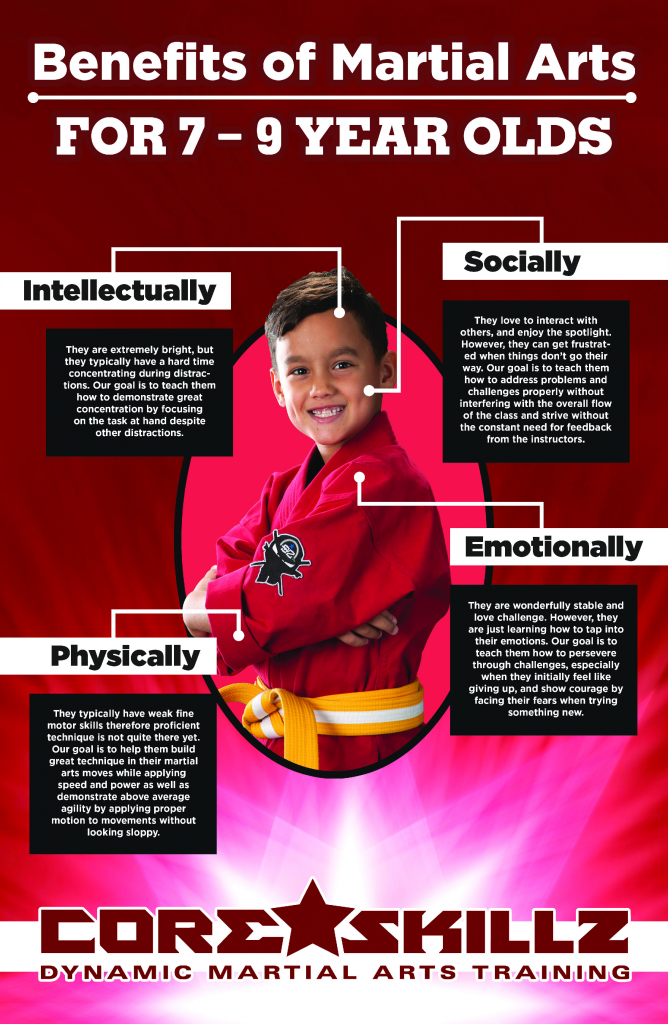The Journey And Transformation Of Martial Arts: Discovering Its Historic Structures And Modern-Day Methods
The Journey And Transformation Of Martial Arts: Discovering Its Historic Structures And Modern-Day Methods
Blog Article
Material By-Borup Ayers
Step into the world of martial arts, where old beginnings and modern strategies clash in an exciting trip of self-control and self-discovery.
As you look into the history and evolution of this fascinating art kind, prepare to be astounded by the social impacts, technological advancements, and profound philosophy that have shaped it over centuries.
From the battlegrounds of old worlds to the training premises of today, martial arts have actually stood the test of time, frequently adjusting and growing.
Each strike, each activity, lugs with it the weight of many years of tradition and knowledge, passed down via generations. This is a tale of durability, of warriors that looked for not only physical prowess, but likewise self-confidence and consistency.
Join us on this amazing exploration as we uncover the secrets, the legends, and the transformational power of martial arts.
Get ready to be inspired, tested, and for life changed by the background and advancement of martial arts.
Social Influences on Martial Arts
As you explore the background and advancement of martial arts, you'll swiftly uncover the fascinating methods which social influences have actually shaped these battle techniques.
From the ancient human beings of China and India to the much more recent developments in Japan and Brazil, martial arts have been heavily influenced by the societies in which they originated.
As martial arts without belt , Chinese martial arts, such as Martial Art and Tai Chi, are deeply rooted in the approach of Taoism and the concept of Yin and Yang.
In contrast, Japanese martial arts, like Karate and Judo, show the samurai warrior practices and the values of technique and honor.
Likewise, Brazilian martial art, Capoeira, incorporates aspects of African dance and songs, showing the cultural heritage of African servants in Brazil.
These social affects not only give each martial art its unique qualities however additionally supply a much deeper understanding of the historic and social contexts in which they advanced.
Technical Innovations and Martial Arts
With the surge of innovative weaponry and cutting-edge training devices, you've been able to enhance your abilities and adjust to the ever-changing battle landscape.
Technological developments have actually changed the means martial arts are exercised and taught. Virtual reality simulations currently allow you to train in realistic battle situations without the danger of physical damage. High-speed electronic cameras capture every action, allowing you to assess and best your techniques. Wearable devices check your heart rate, breathing, and muscle mass activation, providing instantaneous responses on your efficiency.
Furthermore, the growth of specialized tools, such as resistance bands and agility ladders, has actually enabled you to boost your speed, toughness, and dexterity. These technical improvements have not only made training extra reliable but have also pushed the limits of what is possible in martial arts, allowing you to get to new heights in your method.
The Approach and Principles of Martial Arts
The ideology and principles of martial arts are deeply rooted in shaping your frame of mind and instilling technique, focus, and respect in your practice.
1. State of mind: Martial Arts educates you to develop a strong and durable way of thinking. It enables you to conquer obstacles both on and off the floor covering, pressing your limitations and standing firm when faced with misfortune.
2. Technique: Martial Arts needs discipline and self-control. Through normal training and adherence to stringent guidelines and methods, you find out to regulate your impulses and create a solid work values.
3. Focus: Martial Arts calls for intense focus and concentration. By educating martial arts or kickboxing to be existing in the moment, you enhance your ability to respond rapidly and properly throughout combat circumstances.
4. Respect: Martial Arts highlights respect for oneself, trainers, training partners, and challengers. It teaches you to value the abilities and experiences of others, cultivating a feeling of camaraderie and sportsmanship.
Final thought
Congratulations on finishing your journey with the captivating world of martial arts! Throughout this exploration, you have seen the abundant history and remarkable advancement of these combat methods.
From their old origins to the modern techniques we see today, martial arts have been formed by cultural impacts.
The assimilation of modern technology has actually also played a substantial function in revolutionizing the means martial arts are taught and exercised in today day.
Nevertheless, it is very important to remember that martial arts are more than simply physical combat. They incorporate extensive ideologies and guiding concepts that go beyond the mere act of combating.
Take a moment to assess this obsolete journey and appreciate how the legacy of martial arts continues to thrive in the present, transcending time and borders.
